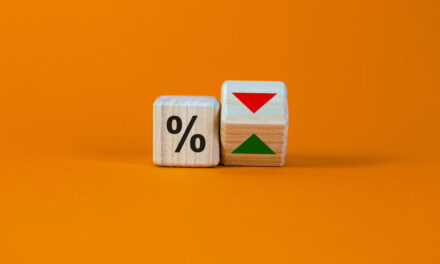We’re all feeling the pain in this bear market, but one indicator holds the key to its end.
In simple terms, bear markets are sustained periods of downward movement in stock prices.
Investors mark the start after a 20% drop from near-term highs.
The S&P 500 is down around 24% as I write this, putting the market in bear territory.
We won’t know how long it will last until we’re well in the clear — and bear markets come in all shapes and sizes. (My colleague Charles Sizemore hit on this yesterday.)
As you can see in the chart above … no one bear market is like another.
But we can use indicators to give us a good idea of when a bear market starts and … most importantly … when it will end.
First … Find the Bear
I’ll start with an indicator used to call the start of a bear market.
In fact, it has knocked it out of the park when it comes to signaling bear markets.
The S&P 500’s Shiller P/E ratio isn’t like the typical price-to-earnings ratio figure you come across in stock analysis.
The Shiller ratio looks at inflation-adjusted earnings over the last decade.
In short, it measures the market’s valuation.
The number we’re looking for is 30.
When the Shiller ratio is above 30, that is an indication a bear market is coming. That happened back in late 2020.
And it’s been an accurate teller of the bear:
- The ratio reached an all-time high of 44.9 in 2000. Following that, the dot-com bubble burst, taking 49% of the S&P 500’s value with it.
- In late 2018, the ratio hit above 30, and the S&P 500 went on to drop 20% during the fourth quarter of the year (not technically a bear market, but close).
- From late 2019 to early 2020, the ratio again reached above 30. The subsequent result was the coronacrash and a 34% loss for the S&P 500 in a flash crash.
- The ratio crept higher in late 2020 and hit a high in January 2022. Since the first of the year, the S&P 500 has lost more than 24% of its value.
What we can see here is that when the Shiller P/E ratio reaches 30 or above, expect a market slump in the near future.
So we’ve identified an indicator to find the bear. Now … the next step.
Identify When the Bear Hibernates
We can look back to valuations as a way to identify when a bear market comes to an end.
I’ll look at the S&P 500’s forward P/E ratio as an indicator.
Like the Shiller, the forward P/E ratio is different from its traditional counterpart you see all of the time.
Forward P/E takes the current value of an index and divides it by consensus forecast earnings for the upcoming fiscal year.
With the Shiller ratio, we look for a reading of 30 to indicate when a bear market will start.
The forward P/E we want to see is around 14. That’s when the bear is ready for hibernation.
Here’s how it’s worked before:
- Following the crash of 2008, the forward P/E notched a low of 10 on November 21, 2008 … the day after the recovery started.
- During 2018’s late drop, the forward P/E hit 14.08 on December 28, 2018 — the same time the market started its rebound.
- With the coronacrash of 2020, forward P/E hit 14.16 on March 23, 2020 … the exact day the market started its turnaround.
Again, when the forward P/E ratio of the S&P 500 reaches 14 or below, the bear market should start to reverse itself.
As for the current bear market… Using this trend, we would need to see another 13% drop in forward P/E from its current level of 16.21 before a true recovery starts.
That tells me we have more pain ahead before the market reverses course and heads higher again.
Until next time.
Safe trading,

Matt Clark, CMSA®
Research Analyst, Money & Markets
Matt Clark is the research analyst for Money & Markets. He is a certified Capital Markets & Securities Analyst with the Corporate Finance Institute and a contributor to Seeking Alpha and editor of Stock Power Daily. Prior to joining Money & Markets, he was a journalist/editor for 25 years, covering college sports, business and politics.





